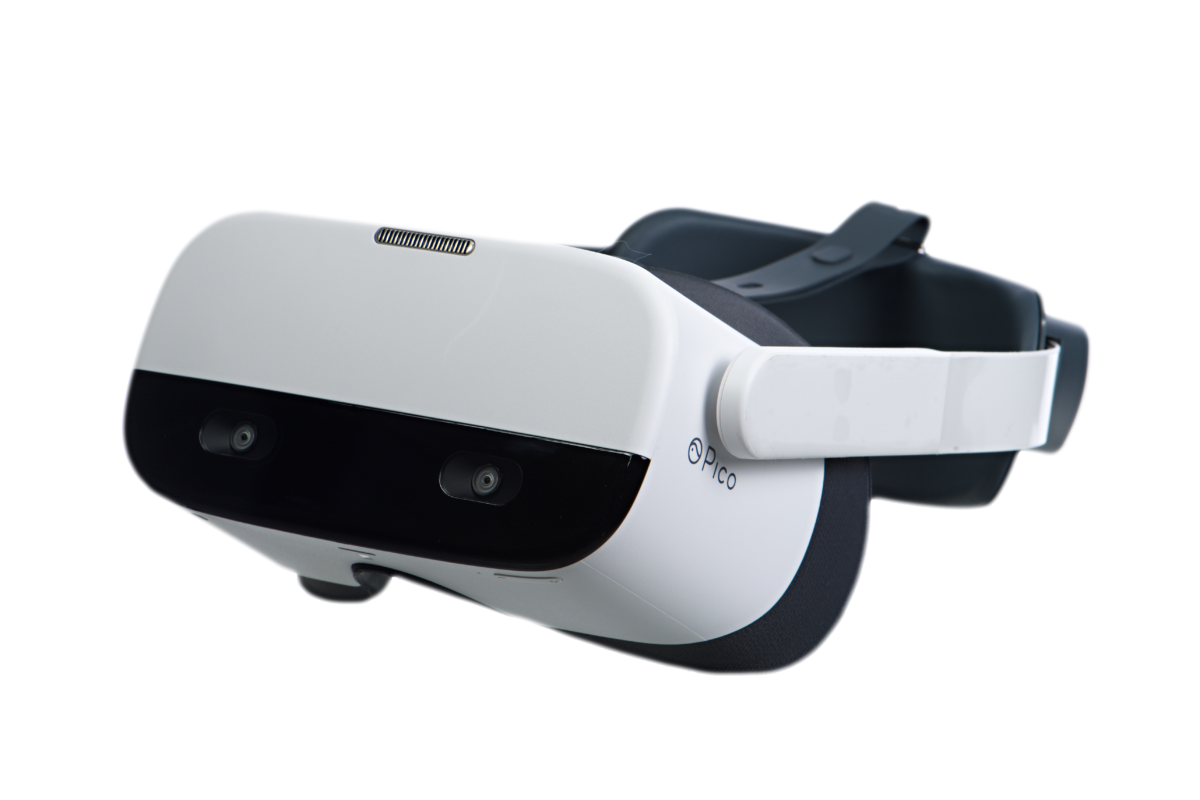This spring, Oculus VR released its first standalone 6dof wireless headset – the Oculus Quest. But what exactly is “6dof”? And how does it work to make the Oculus Quest such a game-changer?
Understanding ‘degrees of freedom’
In a VR setup, there are six possible directions or ‘degrees of freedom’ (abbreviated as “dof”). In other words, there are six potential ways you can move within and interact with the VR environment.
Three are translational — meaning you can move along three axes in relationship to your surroundings. You can go forward and back (“surging”), from side to side (“strafing”), or up and down (“elevating”). You see these in rudimentary VR experiences as you can approach something and back away, crouch down or jump up, and move to the right or left. These three motions — surging, strafing, and elevating — comprise “3dof” (three degrees of freedom), and can be done easily in a headset with an internal sensor.
The other three directions of freedom are rotational — meaning you don’t just move along the axes, but can rotate as well. Rotational directions of freedom include being able to tilt your head to the right or left, like putting your ear on your shoulder (“rolling”), turn your head to the right or left to pivot in that direction (“yawing”), or to lean your head forward and down, or back and up (“pitching”).
These three motions, combined with the previous three, make 6dof, which typically requires external sensors to position you in relation to the environment and objects within it.
With 3dof, your virtual experience is limited. You can draw nearer to or farther away from objects, raise or lower your elevation, or shift from side to side — but you can’t move in a curved line, bend over to inspect or interact with something, or freely move about the virtual world around you. With 6dof, you have a much more immersive experience, enabling greater interaction with the environment instead of more passively “existing” within it; you become a more active participant. You can bend over, lean, dodge, and twist as needed while examining and using objects in the space.
[content_block id=21218 slug=learn-more-about-pixo-vr-training-cta]
The difference with Oculus Quest
There was a time when untethered headsets could only offer 3dof, and to engage with 6dof, you had to be connected by a cable to a PC or gaming console. But advances in technology have enabled headsets like the Oculus Quest to provide all of the sensors required within the headset, untethering the experience and allowing for almost complete freedom of movement both in physical reality and virtual reality.
HMDs (short for “head-mounted displays”) such as the Oculus Quest enable users to operate inside the virtual environment freely, empowering them to duck, twist, swing, and move around without getting tangled up in a cable. As a standalone VR headset, Quest and others can be used in almost any enclosed space (sunlight may damage the sensors, so it should not be used outside). There’s no need to tether it to a phone, PC, or gaming station to use it. The entire experience is contained within the wireless headset and two handheld controllers.
The 6dof technology in the Oculus Quest allows it to track your movements (up, down, left, right, forward, backward) and move around in a room-scale setup. Four cameras (one on each corner of the headset) track and map the space around you, and touch controllers allow you to use both hands as needed to manipulate objects inside the virtual world.
Quest runs on the Oculus OS, a variation of Android and includes new tracking technology called Oculus Insight. This leading-edge tech is capable of scanning all items in your VR space. It detects real, distinct features such as edges and corners and builds a three-dimensional map that accounts for your playspace’s floor, ceiling and walls, as well as rugs, art, windows, and curtains.
The playspace data can then be combined with data from the gyroscope and accelerometer. This gives accurate positioning of the headset as fast as once every millisecond for real-time play and reactions. Oculus’ Guardian system prevents you from banging into walls and furniture while you play. You can also save multiple playspaces, so you can quickly load your own or a friend’s for fast setup.
With no external sensors, the potential is enormous compared to tethered 6dof systems. There is a potential for “arenas” to be created to allow many people to be brought together for a VR experience, (assuming the VR software you’re running allows for multi-user functionality — as PIXO VR’s does), which could be extremely useful for training scenarios that require a lot of space and the ability to accommodate the participation of large groups of people.
The headset can be jacked into noise-canceling headphones, and the entire array can be charged with a battery pack kept in one pocket, allowing for hours of uninterrupted use. The headset is also more comfortable than many previous VR rigs, resting firmly in a stable position against the forehead instead of fitting tightly around the eyes like goggles.
Touch motion controllers are automatically tracked by sensors in the headset, providing an improved spatial experience and the opportunity to easily manipulate objects that require two hands, like simulated heavy equipment, (or in the case of gaming, weapons and such). The virtual world can be cast to an external screen, so people not using VR can view what the participant is seeing, another excellent tool for training scenarios.
Critically, the Oculus Quest is much more affordable, both at the consumer and enterprise levels, than many would have anticipated for a cutting-edge, untethered 6dof system. It is compatible with programs from previous Oculus products, such as the Oculus Rift, and can be sideloaded with other programs as well. As the technology continues to advance and the price range continues to drop for Oculus and other similar untethered 6dof VR systems, their potential for training and simulations will continue to expand.
Further Reading:
Everything You Need to Know About 6dof and Standalone VR
Difference Between 3dof and 6dof, and Why It’s Important
Industries:
Construction Manufacturing Energy & Utilities

PIXO Has Improved VR Management to One Easy Step

